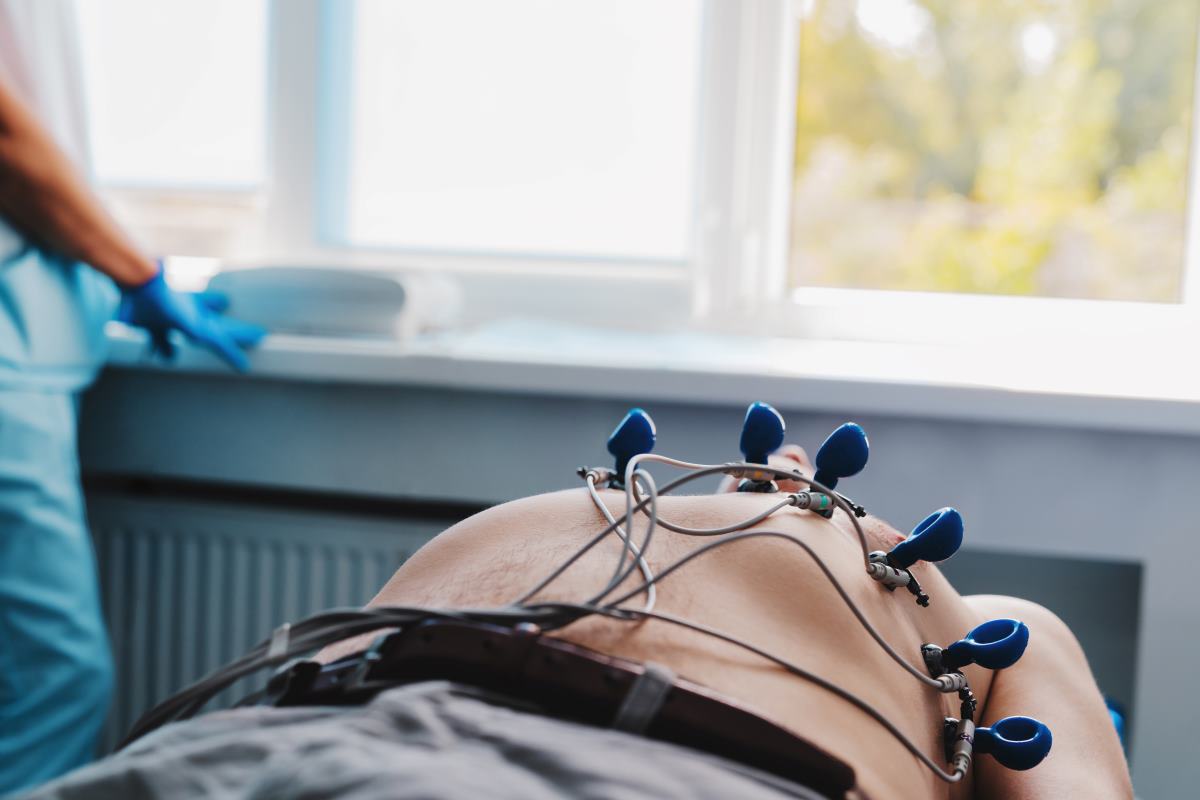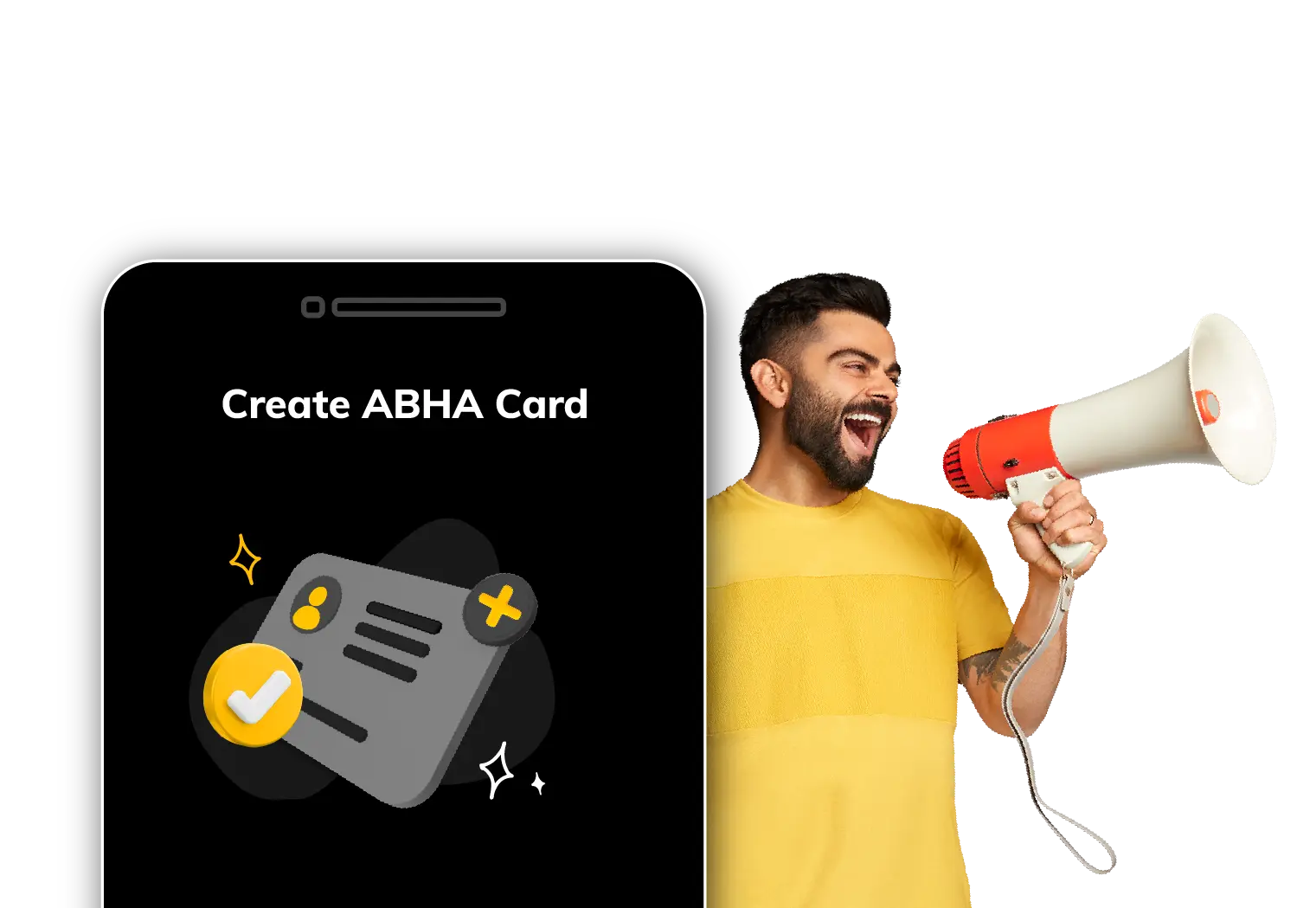What is an Electrocardiogram (ECG) Test: Procedure, Uses, Side Effects and Risks

An electrocardiogram is a painless procedure that helps monitor the heart’s health. Also abbreviated as ECG, the test records the heart’s electrical signals through suction cups. A monitor then records these signals for the technician to produce the results.
If you wish to discover an electrocardiogram, consider reading through the following sections, which mention the meaning of the test, its procedure, uses and risks.
What is the Meaning of an Electrocardiogram?
One of the easiest and quickest tests to examine the heart is an electrocardiogram (ECG). Certain locations on the arms, chest and legs are covered with electrodes, which are tiny plastic patches that adhere to the skin.
Typically, natural electrical impulses synchronise contractions in the different parts of a human heart to help the blood flow as usual. The ECG test records these impulses to show heartbeats – the impulses' rhythm, speed, timing and strength.
What Are the Different Types of Electrocardiogram Tests?
There are mainly three types of ECG:
- Resting ECG: It is performed while you're comfortably lying down.
- Stress or Exercise ECG: This is done while you exercise.
- Ambulatory ECG: Also known as a Holter monitor, it is performed while you are using a treadmill or exercise cycle.
How to Prepare for an Electrocardiogram Test?
No special preparation is needed for the electrocardiogram test. However, you may follow these steps before taking the test:
- Usually, there is no need to fast (go without food) before the test.
- Inform your doctor of all prescription and over-the-counter medications and any vitamins, herbs, or dietary supplements you are taking.
- Inform your physician if you wear a pacemaker.
- Your doctor might ask you to do something else to prepare for, depending on your medical condition.
How is an Electrocardiogram Test Performed?
An ECG test can be performed on an outpatient basis or while you are admitted to the hospital. The procedure may vary depending on your medical condition.
However, technicians mainly follow these steps while conducting the electrocardiogram test:
- Jewellery or any other object obstructing the test will need to be removed.
- You need to take off your clothes.
- You will lie flat on a bed or table for the test. To avoid changing the ECG tracing, it will be crucial for you to remain still and silent throughout the procedure.
- The technician will then ensure that the electrodes cling firmly to the skin.
- Next, the physician will attach the electrodes to your body and connect the wires.
Once the steps are done, the machine will start, and your vitals will be recorded.
What are Some Common Uses of an Electrocardiogram Test?
Often, an ECG is used alongside other tests to detect health conditions. The test can be used in case you present with symptoms of heart problems, such as chest pain, palpitations and more. To know what an electrocardiogram is used for, read the following points:
- Arrhythmias
- Coronary heart disease
- Cardiomyopathy
- Heart attacks
If you are already diagnosed with a heart disease, your doctor may advise you to undergo the test regularly to diagnose your heart health.
What are the Risks of an Electrocardiogram Test?
The ECG procedure is risk-free. Electric shocks are not dangerous as the test electrodes don't generate electricity. Only the heart's electrical activity is captured by the electrodes.
However, you may have slight discomfort when the electrodes are removed. If your skin is sensitive, a rash may develop around the area, but it will go away independently.
What to Expect After an Electrocardiogram Test?
Unless your doctor advises otherwise, you should be able to resume your normal activities and diet
After an ECG, there is typically no special care required. However, inform your doctor if you experience any symptoms (such as chest pain, dizziness, shortness of breath or fainting) that you did not have before the ECG.
Now that you know what an electrocardiogram test is, consider preparing yourself following the necessary steps. Additionally, you should disclose that to your doctor if you are under any special medication.














